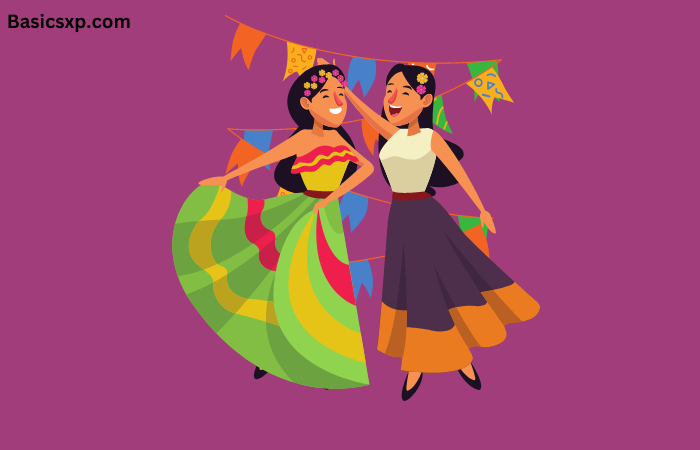Filipino culture is fascinating, from cuisine and art to music and religion. This article will explore the vibrant and diverse Filipino culture, its unique customs and traditions, and its evolution.
Filipino Culture: A Fusion of Diverse Influences

Filipino culture is a mosaic of customs, beliefs, and traditions, reflecting the country’s complex history and diverse geography.
The Philippines has over 7,000 islands, each with a distinct culture and language.
However, despite these differences, Filipinos share a common identity and great national pride, evident in their cultural practices.
The country’s colonial history is one of the most significant influences on Filipino culture.
Spain’s colonization of the Philippines, lasting for over three centuries, left an indelible mark on its culture.
The Spanish introduced Catholicism, which remains the dominant religion in the country, and left a lasting legacy in the form of colonial architecture, cuisine, and language.
The United States also significantly shaped Filipino culture, particularly through the education system and popular culture.
Filipino Traditions: Celebrating Life’s Milestones
Filipinos value family highly, and many traditions revolve around important milestones in life.
One of the most significant is the coming-of-age celebration known as the debut, which is similar to a quinceañera.
This tradition marks a young woman’s 18th birthday and signifies her transition from childhood to adulthood.
It typically involves a grand celebration with family and friends, where the debutante wears a formal gown and performs traditional dances.
Another important tradition is the fiesta, a community celebration for a patron saint or a significant event.
Each town or village has its unique fiesta, which usually involves a procession, a mass, and a grand feast. The fiesta is an excellent opportunity for Filipinos to unite and celebrate their shared cultural heritage.
Filipino Cuisine: A Fusion of Flavors

Filipino cuisine is a delicious fusion of flavors and ingredients from various cultures, including Chinese, Malay, Spanish, and American.
Adobo and sinigang are among the well-liked Filipino dishes consisting of marinated meat in vinegar and soy sauce, a tangy soup made with tamarind, and different types of meats or seafood.
Other favorites include lechon, a roasted pig, and pancit, a stir-fried noodle dish.
Filipino culture also has a strong tradition of hospitality, and it is common for hosts to serve their guests’ large quantities of food, often more than they can eat.
Sharing food shows hospitality and generosity, and it is considered impolite to refuse an offer.
Preserving Filipino Culture: Embracing the Past and the Present
Despite the challenges of modernization and globalization, Filipinos have managed to preserve their unique cultural heritage.
The government has established several initiatives and programs, such as the National Commission for Culture and the Arts and the National Museum of the Philippines, to promote and preserve Filipino culture.
Filipinos also take pride in their cultural traditions and continue to pass them down from generation to generation.
From traditional dances and music to folktales and myths, Filipino culture remains vibrant and alive, adapting to the changing times while staying true to its roots.
Conclusion
Filipino culture is a rich tapestry of diverse influences and traditions, reflecting the country’s complex history and uniqueness.
